-

Disodium 5′-Inosinate CAS:4691-65-0
Disodium 5′-Inosinate, also known as E631, is a food additive that is commonly used as a flavor enhancer. It is derived from inosinic acid, which is a nucleotide found naturally in various foods such as meat and fish.
Its primary function is to enhance the taste of food by adding a savory or umami flavor. Disodium 5′-Inosinate is often used in combination with other flavor enhancers such as monosodium glutamate (MSG) in processed foods, snacks, seasonings, and canned foods.
Adding Disodium 5′-Inosinate to food can help improve the overall flavor profile by increasing the perception of meaty or savory taste, especially in products where natural flavors may be lacking.
-
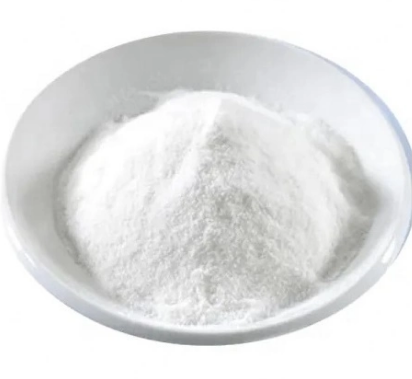
SURFACTIN CAS:24730-31-2 Manufacturer Price
Surfactin is a naturally occurring cyclic lipopeptide that is produced by certain strains of bacteria, particularly Bacillus subtilis. It has gained significant attention due to its diverse range of biological activities and industrial applications.
Surfactin is known for its potent surface-active properties, which enable it to lower the surface tension of liquids and facilitate the formation and stabilization of emulsions. This makes it useful in various industries, including cosmetics, detergents, and food processing.
-

HEPES CAS:7365-45-9 Manufacturer Price
HEPES (4-(2-Hydroxyethyl)piperazine-1-ethanesulfonic acid) is a biological buffer commonly used in biological and chemical research. It is known for its ability to maintain a stable pH in aqueous solutions, making it suitable for various applications involving cellular and enzymatic processes. HEPES is a zwitterionic compound, meaning it has positive and negative charges on separate functional groups, which allows it to resist changes in pH caused by the addition of acids or bases. It is frequently used in cell culture, enzyme assays, protein studies, electrophoresis experiments, and pharmaceutical formulations.
-
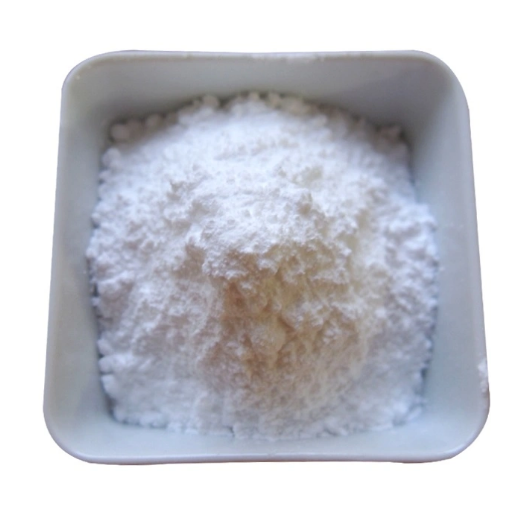
TAPS Sodium salt CAS:70331-82-7
TAPS sodium salt, also known as N-(Tris(hydroxymethyl)methyl)-2-aminoethanesulfonic acid sodium salt, is a versatile buffering agent and pH regulator. It is commonly used in biological and chemical research, pharmaceuticals, and diagnostics. TAPS-Na is a zwitterionic compound that helps maintain a stable pH in solutions, making it suitable for a wide range of experimental conditions. Its applications include cell culture, protein research, electrophoresis, chemical synthesis, and pharmaceutical formulations. TAPS-Na is a soluble and stable form of TAPS that is easy to handle and use in aqueous solutions.
-
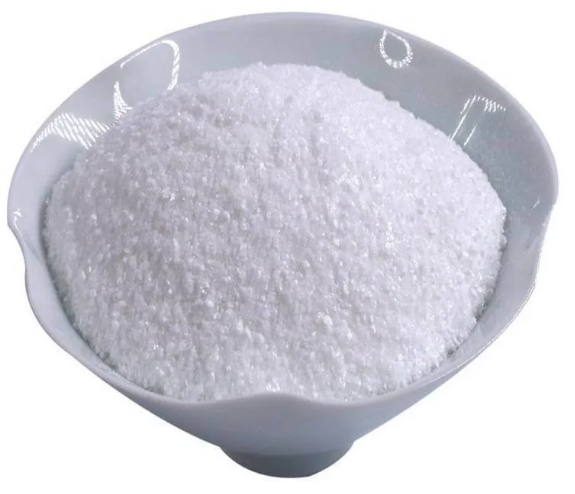
GLYCYL-L-PROLINE CAS:704-15-4
Glycyl-L-proline, also known as glycylproline or Gym-Pro, is an amino acid derivative that consists of the amino acid glycine attached to the amino acid L-proline. It is a naturally occurring compound found in collagen, a protein responsible for the structure and strength of various tissues in the body. Glycyl-L-proline has been studied for its potential health benefits, including promoting skin health, reducing inflammation, and supporting joint and bone health. It is also used in cosmetic formulations for its moisturizing and antioxidant properties.
-
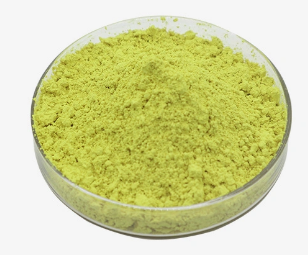
γ-L-Glutamyl-3-carboxy-4-nitroanilide, monoammonium salt CAS:63699-78-5
γ-L-Glutamyl-3-carboxy-4-nitroanilide, monoammonium salt is a chemical compound that is commonly used in biochemical research and related fields. It is a synthetic derivative of L-glutamate, an amino acid.
This compound is often utilized as a substrate for enzymes called γ-glutamyl transpeptidases, which play a role in various physiological processes. It is commonly used in enzymatic assays to study the activity and inhibition of these enzymes.
-

TAPS-NA CAS:91000-53-2 Manufacturer Price
N-[Tris(hydroxymethyl)methyl]-3-aminopropanesulfonic acid sodium salt, also known as TAPS-Na, is a chemical compound commonly used as a buffering agent in various biological and biochemical applications. It is a zwitterionic compound, meaning it has both positive and negative charges, which helps maintain a stable pH in solutions.
TAPS-Na has a pH range of approximately 7.7 to 9.1, making it suitable for applications requiring a slightly alkaline pH environment. It is often used in protein and enzyme research, as well as in molecular biology techniques such as gel electrophoresis and DNA sequencing.
As a sodium salt, TAPS-Na is highly soluble in water, which allows for easy preparation of buffered solutions. It is known for its low toxicity and minimal interference with biological molecules, making it a preferred choice for many experiments.
-
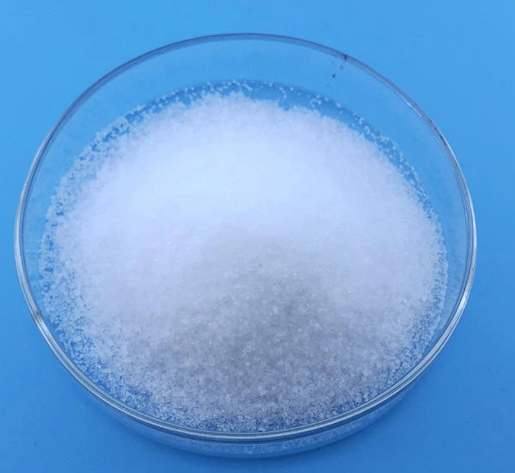
p-Nitrophenyl -a-L-Fucopyranoside CAS:10231-84-2
p-Nitrophenyl-α-L-Fucopyranoside is a chemical compound that belongs to the class of nitrophenyl glycosides. It is commonly used in biochemical research as a substrate for the enzyme α-L-fucosidase, which catalyzes its hydrolysis. This compound is colorless and soluble in organic solvents, making it convenient for enzymatic assays.
-
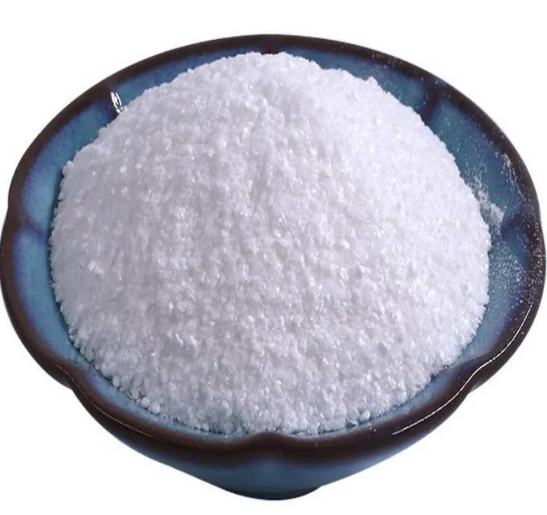
(±)-6-Hydroxy-2,5,7,8-tetramethylchromane-2-carboxylic acid CAS:53188-07-1
Trolox is a synthetic compound that belongs to the class of antioxidants known as vitamin E analogs. It is a potent antioxidant that can scavenge free radicals and protect cells and tissues from oxidative damage. Trolox has been extensively studied for its potential health benefits, including its ability to reduce inflammation, prevent cellular damage, and support cardiovascular health. It is commonly used as a reference compound in antioxidant research and as an additive in various food and cosmetic products.
.
-

2,4-Dichlorobenzenediazonium tetrafluoroborate CAS:21872-70-8
2,4-Dichlorobenzenediazonium tetrafluoroborate is a chemical compound that consists of a benzene ring attached to a diazonium functional group. The benzene ring is substituted with chlorine atoms at positions 2 and 4. The tetrafluoroborate salt is added to enhance stability and solubility.
This compound is commonly used in organic synthesis as a diazonium coupling agent. It can undergo diazonium coupling reactions with various nucleophilic compounds, such as amines, phenols, and carbon nucleophiles. These reactions result in the formation of aromatic compounds, which can have applications in dyes, pigments, pharmaceuticals, and other organic products.
-

4-NITROPHENYLΑ-D-MALTOHEXAOSIDE CAS:74173-30-1
4-Nitrophenyl α-D-maltohexaoside is a compound belonging to the class of α-glycosidic linkages. It is a derivative of maltose, which is a disaccharide composed of two glucose units. In this compound, the hydroxyl group of the first glucose unit is substituted with a nitrophenyl moiety.
This compound is commonly used as a substrate in enzymatic assays to study the activity of various enzymes, particularly those involved in carbohydrate metabolism. The nitrophenyl group allows for easy detection and quantification of enzymatic reactions by measuring the absorbance or fluorescence of the cleaved product.
-

adenosine 5′-diphosphatedi(monocyclohexylammoniu CAS:102029-87-8
ADENOSINE 5′-DIPHOSPHATE DI(MONOCYCLOHEXYLAMMONIUM) SALT is a chemical compound that is derived from adenosine diphosphate (ADP). It is commonly used in biochemical and pharmaceutical research. The compound is a salt form, which means it is formed by combining ADP with monocyclohexylammonium ions.
This salt form of ADP is often used in various biological assays and experiments. It is involved in studying energy metabolism, as ADP is a key molecule in the generation of ATP (adenosine triphosphate), which is the main energy currency in cells. ADP is converted to ATP through the addition of a phosphate group, and this conversion is essential for cellular energy production.
The monocyclohexylammonium salt form of ADP allows for easier handling and solubility in certain experimental conditions. It can be used in enzymatic assays to study the activity of ATP-dependent enzymes or in ligand-binding studies to investigate molecular interactions involving ADP.
.

